In a report developed for Energy Networks Australia (ENA), Energetics examines the role clean hydrogen can play in Australia’s future energy mix and its potential as an exportable commodity.
Below is an excerpt from the report Renewable gas for the future: policies to support Australia’s sustainable and affordable gas network. The report can be read in full on the ENA website via this link.
Renewable gas for the future
To date, Australia’s emissions reduction measures have focussed on the development of renewable sources of electricity, with the opportunities for renewable gas – specifically biogas and hydrogen – receiving little or no attention.
Energetics examines the features of renewable gas and its potential value; the support for renewable gas in other government jurisdictions across the world; relevant federal and state government policies here in Australia, and the extent to which those policies either support the development of a renewable gas industry or present barriers. Based on this analysis, a series of recommendations is made for advancing the case for renewable gas and the immediate next steps are identified.
Understanding the opportunity
Natural gas plays a key role in powering Australia today. Its use currently accounts for 25% of national energy consumption which is supported by an extensive network of transmission and distribution pipelines across the country. Several recent studies such as the National Hydrogen Roadmap[1] have discussed the opportunities offered by clean hydrogen with a focus on the export opportunities and hydrogen’s use in the decarbonisation of transport. The role of renewable hydrogen and other renewable gases in reducing Australia’s greenhouse gas emissions was not emphasised in the Roadmap but served as an underlying assumption. Other studies[2] have highlighted the economic case for renewable gas as an option for decarbonising heating.
Based on a review of policies from around the world, Energetics found:
- There is international momentum in the research and development of hydrogen-based energy use and feedstock
- Global policy makers are investigating the potential uses of hydrogen throughout the value-chain, from serving as inter-seasonal storage for excess renewable energy to the export of hydrogen to energy importing countries such as Japan and South Korea
- There are well-developed standards in place that allow for the injection of biogas into gas networks across Europe. The use of biogas has been supported through feed in tariffs and government subsidies. The effectiveness of these policy levers is evident with France seeing 59 biogas projects developed with 290 on the waitlist over the last five years.
Further, the use of biogas or hydrogen to decarbonise existing natural gas networks is primarily driven by policies that target:
- Lower emissions heating for households and industries
- The provision of inter-seasonal storage and balancing for renewable electricity grids
- Supply for the chemical manufacturing industry
- Supply for hydrogen fuel cell electric vehicles (hydrogen FCEV)
- Supply for hydrogen fuel-cell heating at a residential and commercial level
- Export of hydrogen as a renewable fuel alternative.
We note that while hydrogen production using electrolysis is an established technology, the goal of large-scale cost-effective electrolysis is yet to be achieved. Instead, policies around the world focus on boosting the industry to support bridging the technology ‘valley of death’. For Australia, a crucial next step would be a more extensive study into a whole-of-economy business case for developing a renewable gas industry.
Recognising the potential for hydrogen in the economy, in December 2018 the Chief Scientist of Australia presented a proposal for the development of a national hydrogen strategy to the COAG Energy Council. As a result, the COAG Hydrogen Working Group was formed and a discussion paper was released in March 2019: the first step in a series of consultations and papers to inform the development of the strategy. According to the timeline established by the COAG Energy Council, the National Hydrogen Strategy will be delivered to the Ministers in December 2019[3].
Policy measures that can support the renewable gas opportunity in Australia
There is currently a gap of 93 MtCO2-e between Australia’s current policy scenario for carbon reduction and Australia’s Paris target of achieving reductions of below 26%-28% on 2005 levels by 2030[4]. By adapting Australia’s current policy framework to include hydrogen and biogas as low-emissions alternatives, existing gas network can contribute to our Paris goals because:
- The decarbonisation of heating would make a meaningful contribution to reducing Australia’s emissions. Approximately 45% of the natural gas used in Australia is for heating applications in the manufacturing industry, in buildings and in homes
- Fuel-switching from natural gas to biogas or biomethane could be the low-cost option for decarbonising heating in some instances[5]. Further, 10-15% of our natural gas supplies can be substituted with renewable gas without modification[6] to either pipelines or end-use appliances
- As our electricity sector decarbonises and variable renewables gain ground, our grid will require more sources of reliability. Renewable gas (hydrogen and biogas) is a possible means of providing long-duration, inter-seasonal storage, beyond the minutes, hours and days that could be met by batteries, or the limited locations where pumped storage could work. It could be used to absorb excess renewable output, balance and smooth peak power production and demand, and satisfy greater energy demand.
In pursuing these opportunities and by prioritising the development of a domestic renewable gas industry over the export of hydrogen, Australia can ensure its efficacy, establish critical networks and infrastructure, and demonstrate its economic value ahead of investing in the development of export facilities.
Recommendations
Energetics takes a technology neutral position in our assessment of policies that support the creation of a renewable gas network. We assessed existing measures that either:
- Address areas where the existing policy landscape in Australia unfairly omits consideration of renewable gas and renewable gas networks, and/or
- Highlight where there is active discrimination against renewable gas and gas networks.
A comparison of renewable gas with renewable electricity incentives shows that there are key elements missing for encouraging a transition to renewable gases, such as a national target that will drive investment, and mechanisms that allow renewable gas project developers to participate in Australia’s renewable energy markets. To raise Australia’s policy development for renewable gas up to international standards, we found that the following steps should be considered:
- Establish a near term aspirational target for cost-effective renewable gas injection into the gas networks by 2030. The target should be informed by a cost-benefit analysis that looks at the use of renewable gas to decarbonise the use of natural gas
- Establish a method for the creation of Australian Carbon Credit Units for projects that inject renewable gas into existing gas transmission and distribution infrastructure. This method would provide a financial opportunity for renewable gas projects
- Entrench best practice regulatory framework for hydrogen and biogas production, storage and use, including a health, safety, design and metering standard for hydrogen
- Build on the existing momentum at Federal and State level for the development of a hydrogen economy to explore options for the domestic use of hydrogen employing existing infrastructure for distribution, its application as a transport fuel and the export of hydrogen.
While the provision of feed-in-tariffs for renewable gas would also be a mechanism to support the injection of renewable gas into networks, we note that Australia is currently moving away from such policies. While broadening the Renewable Energy Target (RET) to also cover the injection of renewable gas into the gas networks could be beneficial, the RET is due to expire in 2020 under current Commonwealth Government policies. Further, the current RET will be fully met by existing renewable energy projects. Should the RET be extended and expanded, the option of including renewable gas under the RET could be re-examined.
View the full report: Renewable gas for the future: policies to support Australia’s sustainable and affordable gas network
References
[1] CSIRO | National Hydrogen Roadmap
[2] An American Gas Association Study prepared by ICF | Implications of Policy-Driven Residential Electrification
[3] DISER | National Hydrogen Strategy Taskforce
[4] Climate Works | Progress Report
[5] Deloitte | Decarbonising Australia's Gas Networks
[6] Hydrogen Strategy Group 2018 | Hydrogen for Australia’s Future – A briefing paper for the COAG Energy Council



